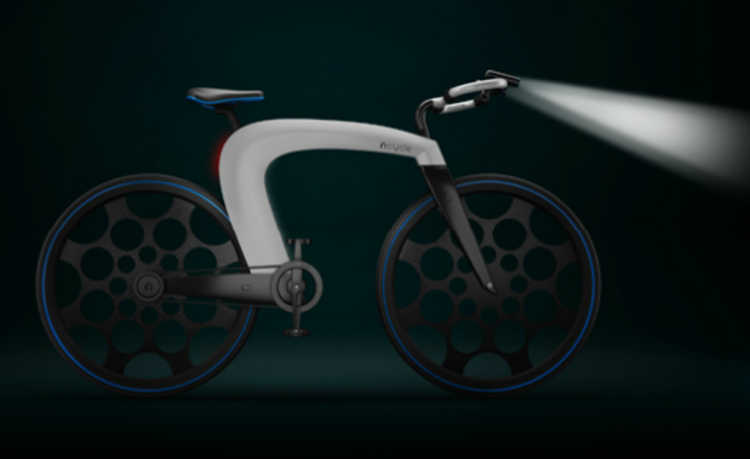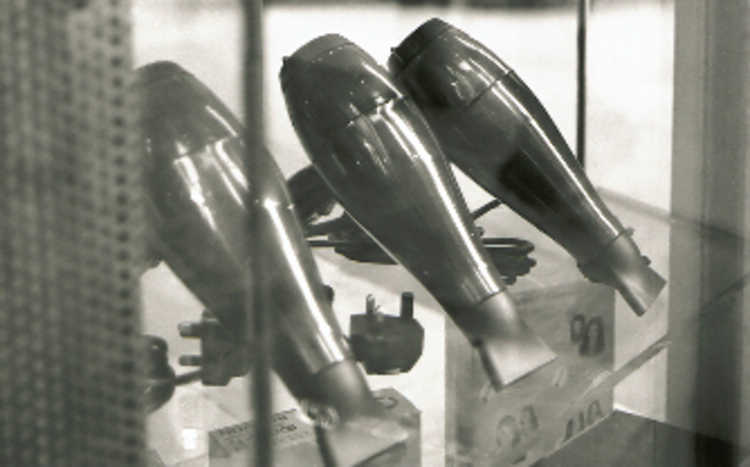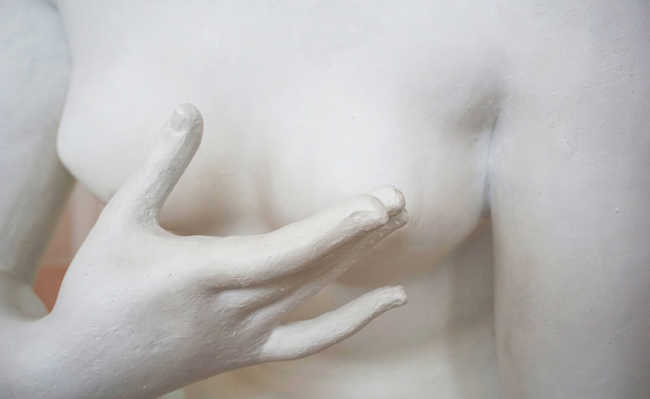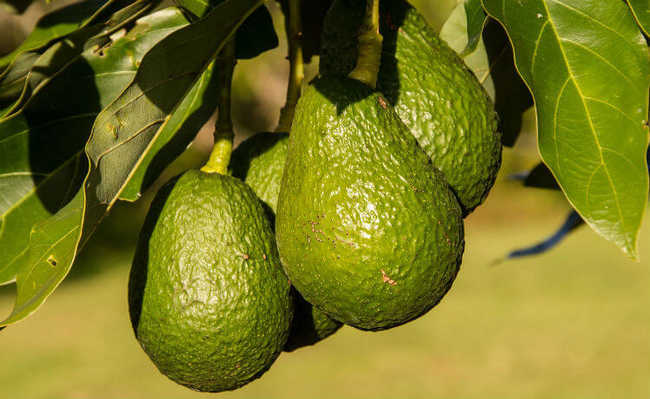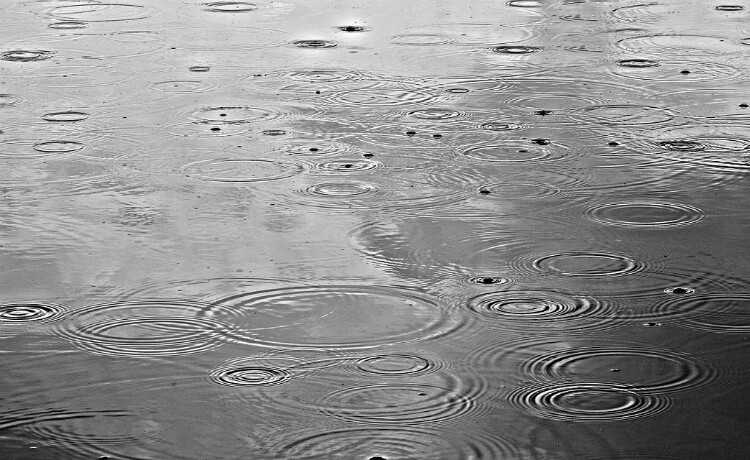How to make a self-irrigating vase
Self-irrigating vase is a practical option for those who would like to have their own vegetable garden, but are in the rush of everyday life

Despite being an expression associated with something negative, "harvesting what you sow" is a pleasurable experience, which accentuates pride and satisfaction when seeing the result of your work and dedication bearing fruit. But with the rush of everyday life, the care of your plants can take a back seat. A practical way to keep your garden from dying of thirst is to use a self-watering pot.
- Growth: the pot that grows with the plant
This type of vase for plants has two parts and a kind of wick that connects the part of the water reservoir with the vase, just filling the compartment from time to time - which allows much longer watering intervals. But you don't need to buy a self-irrigating toilet ready to enjoy its benefits. You can also put your creativity into action and make your own self-irrigating vase. Check out the step by step: it's simple, practical and cheap.
How to make self-irrigating vase

Materials

- 2 2 liter PET bottles;
- String;
- Humus;
- Seeds;
Method of preparation
Cut the bottles in half 12 cm from the base to the top.
Make a wick for each vase. Gather 4-6 pieces of string and tie knots a few inches from the ends.

Then, drill holes in each of the bottle caps that will serve as a self-irrigating vase. We recommend a hammer and nail to drill the initial hole and widen it with a Phillips screwdriver. The size of the hole depends on the size of your string.

Pass the longest part of the string through the hole and close the bottle, leaving the knot resting in the hole in the lid - the idea is that most of the wick will be in the piece of your self-irrigating vase that will receive the plant. Then place the top of the bottles (the part with the caps) upside down on the bottom.

Place the stones and humus on top, being careful to spread the strings as you fill the bottle. After that, just sow the soil and add water to the base (the bottom of the bottle).
- Humus: what it is and what are its functions for the soil

Ready! See how easy it is to make self-irrigating toilets on your own?

Despite the practicality of using plastic bottles when making your garden, if possible, invest in clay pots. In addition to the material being more environmentally friendly and reducing the consumption of plastic items, the scientific community has not yet reached a consensus on the possible damage and consequences of using plastic bottles in planting. Furthermore, exposure to the sun can affect the integrity of the plastic, so it is advisable to plant species that prefer shaded or dimly lit environments.


